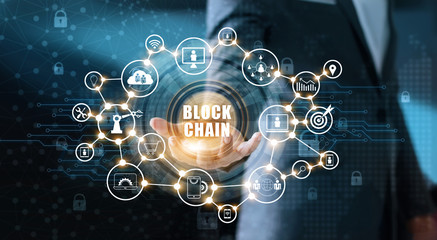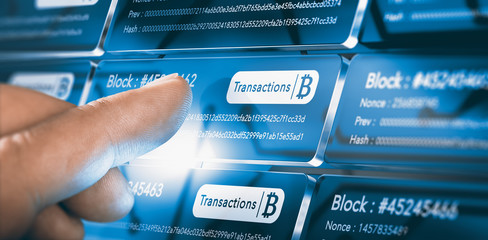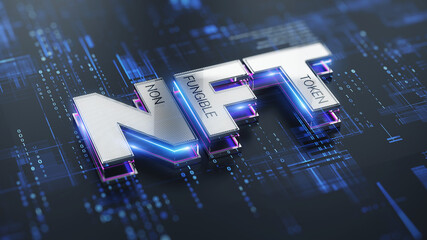Blockchain is a distributed digital ledger that enables secure and transparent transactions. It was originally developed as the underlying technology for Bitcoin, the first cryptocurrency, but has since evolved into a powerful tool with a wide range of applications.
 |
| Blockchain |
At its core, a blockchain is a decentralized database that is maintained by a network of computers. Each block in the chain contains a set of transactions, which are verified by the network and added to the chain in a way that is tamper-proof and transparent. This means that once a transaction is added to the blockchain, it cannot be altered or deleted.
One of the main benefits of blockchain technology is its security. Because the ledger is distributed across a network of computers, it is extremely difficult for any one entity to gain control of the network or to alter the information stored on the blockchain. This makes it an ideal tool for storing sensitive information, such as financial transactions or personal data.
 |
| Tansactions |
Another advantage of blockchain technology is its transparency. Because each transaction is recorded on the blockchain and can be viewed by anyone on the network, it is possible to create a completely transparent and accountable system. This makes it ideal for industries such as supply chain management, where it is important to track the movement of goods from one location to another.
Blockchain technology is also being used to streamline and automate a wide range of business processes. Smart contracts, for example, are self-executing contracts that are stored on the blockchain. They can be programmed to automatically execute when certain conditions are met, which can reduce the need for intermediaries and speed up the transaction process.
In addition, blockchain technology is being used to create new forms of digital assets, such as non-fungible tokens (NFTs). These are unique digital assets that can be used to represent anything from artwork to collectibles to virtual real estate. Because they are stored on the blockchain, they can be securely bought, sold, and traded without the need for intermediaries.
 |
| Non Fungible Token(NFTs) |
However, there are also some challenges associated with blockchain technology. One of the main issues is scalability. As the number of transactions on the blockchain grows, it can become slower and more expensive to process them. There is ongoing research into new techniques and technologies that can improve the scalability of blockchains.
Another challenge is interoperability. There are many different blockchain platforms, each with its own set of rules and protocols. This can make it difficult for different blockchains to communicate with each other and for users to move assets between different platforms. Standards and protocols are being developed to address this issue.
In conclusion, blockchain technology has the potential to revolutionize the way we store and transfer information and assets. Its security, transparency, and automation capabilities make it an ideal tool for a wide range of industries. However, there are still challenges that need to be addressed, such as scalability and interoperability. As the technology continues to evolve, it will be exciting to see how it is used to transform the world around us.
Comments
Post a Comment